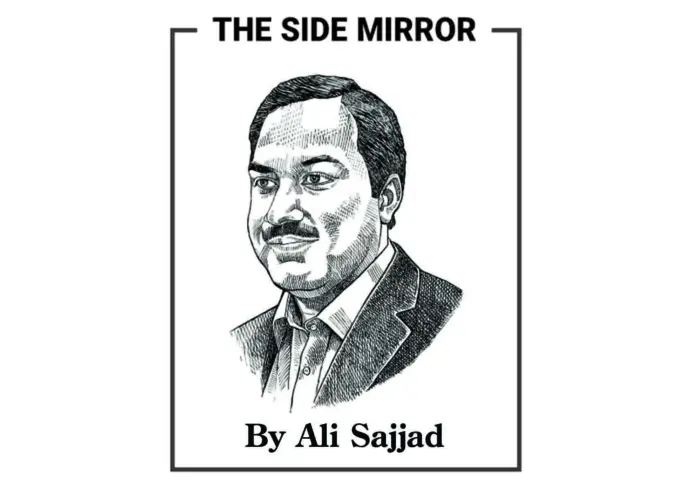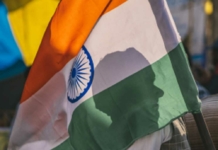A pleasant, cool breeze welcomed me on Tuesday morning, when I came to the terrace to read the newspaper.
“Wow, the fall is here,” I said to myself.
Fall, which is called autumn in our part of the world, is an unwelcoming season in Urdu literature. Contrary to the poetic justice with the season, I love the feel of fall when it rolls around in late October or early November.
It brings the excitement associated with the winter season – cold weather, shorter days, longer nights, fog, haze, and (sadly) smog.
As I started reading newspaper after newspaper, shuffling page after page, I found no mention of the changing wind in any newspaper.
That’s so unwelcoming on part of newspapers with fall.
I turned on the television, and a newscaster was blaring the news that it is the time to get on scarves, caps, jackets, sweaters and shawls, whatever you like to put on as winter was around.
Her tone was scary, like something bad was going to happen.
When it comes to weather, seasons, environment and climate or climate change, the media has got stuck itself in a dry season where learning or unlearning never happens. It is unfortunate that there is a huge disconnect between meteorologists and journalists as reporters and newsrooms are not enthused about going for the science of climate change and passing it on to the public.
For decades, we were fed on PTV’s weather report at the 9pm Khabarnama every night before hitting the bed. Yes, hitting the bed around 9pm to 10pm was a usual norm of those days – just two or three decades ago.
Now, the cable, the internet and the smartphone consume most of the night time.
Coming back to my fall feeling, and the media matters on reporting such issues, we see media’s hesitance on reporting day to day weather and the general climate change is growing.
Our reporters are infatuated with rain (and not rainfall).
Whenever there is rain regardless of the time and duration, they go berserk.
To them, rain makes the weather pleasant no matter if it wreaks havoc on the standing crop of wheat or cotton in nearby farms.
They will show rush on bakery shops, and not the areas inundated by the rain flooding.
Similarly, if it is about smog, reporters will turn their guns towards the government officials doing a lot of work or doing nothing. We have set templates for every occasion.
Ask the reporters about the lackluster reporting on weather, they will tell you the factors causing lag in weather and climate coverage, such as lack of access to information, and fewer readership and viewership.
The more media houses cover weather and climate issues, the more loyal following they get. No matter there is a dearth of meteorologists who speak their mind to them, the media houses cannot get off scot-free.
Ask a six years old chap on the street, and they will give a breathing comment on the cool breeze making their day.
A rainy day, a smoggy day, a hot day and freezing day – they all are a complete package for the media. Weather impacts human health, economy, governance, and people’s mood.
Nowadays, COP26 is going on in Glasgow. The event brings Swedish activist Greta Thundberg into the limelight. She tweeted, “As citizens across the planet, we urge you to face up to the climate emergency. Not next year. Not next month. Now.”
So, for that matter, when the breeze bringing the feeling of fall happened here after so many years, the media need not forget the events that are rare.
Similarly, when events become frequent, they also become big news.
Enjoy the cold breeze, if you love it, it is blowing today.






